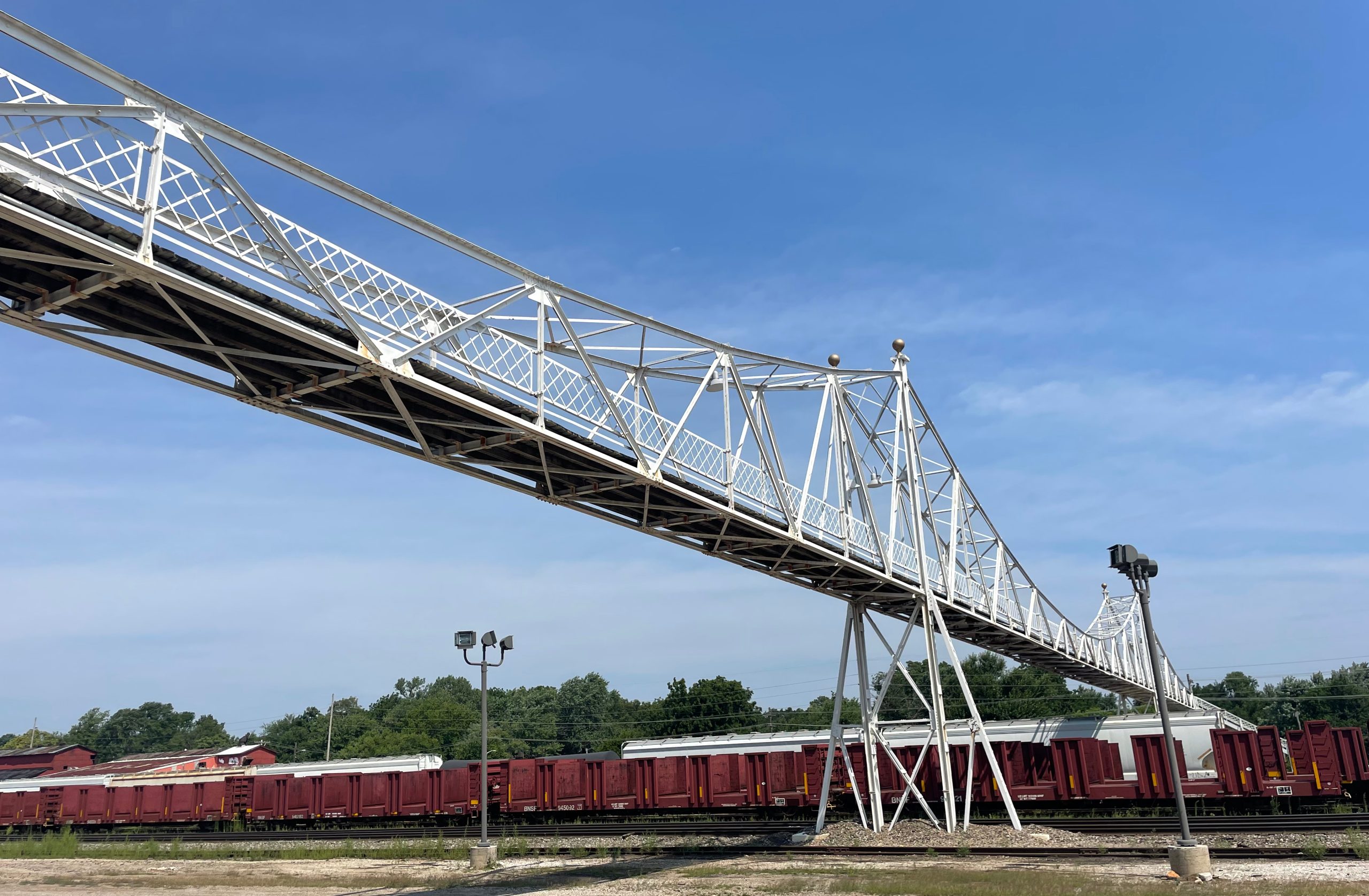OPINION|
by Jim Wilson, Springfield
It was disappointing to read Steve Pokin's article criticizing plans, already far advanced, to preserve and renovate the Jefferson Avenue Footbridge in North Springfield.
His scattered arguments are that the City Council is profligate in approving $10.8 million for the project, that he doesn't see the cost/benefit of the project, that the money would be better spent on more police, that some city authorities decades ago didn't support it, that it would be mainly used by tourists or for photos by local newlyweds and graduates, and that people might weight it down with commemorative locks like the Pont des Arts in Paris.
related story
Pokin Around: How badly do we need footbridge? At what cost?
The latest cost estimates for renovating and then re-opening the 562-foot footbridge are in excess of $10 million.
He is (half) justified only with the last objection, though it is probably the first time in Springfield media history that a serious journalist expressed fear that Springfield might, in fact, become too much like Paris. (In fact, the authorities in Paris sawed off the locks years ago and control more being placed.)
All his other arguments are seriously flawed.
1. The City Council proposes not to spend $10.8 million on the project, but around $2 million. The rest is covered by the state, which has already earmarked for that, plus a modest, in comparison, but relatively significant amount when paid by individuals, by C-Street locals out of their own pockets.
2. Cost/benefit? Maybe it won't pay for itself — but neither do rightly appreciated trails, parks, (very few) monuments around town which new generations, unlike some past ones, in Springfield have decided are worth saving. Cultural, historical, and aesthetic considerations have their limits. But pandering considerations down primarily to cost/benefit, Pokin's main argument, is not serious.
It is not even the last word in money terms. Similar thinking by others allowed the hundred year old Reed Junior High to be demolished recently and now Robberson Elementary is closing — instead of repurposing these historical Northside buildings. In fact, a reopened bridge, especially with elevators, will be a further encouragement to the continued revival of C-Street which, rightly, is high among the City Council's priorities. Naysayers like the ones decades ago that Pokin quotes let Downtown and C-Street die; more recent Council decisions, not obviously defensible at first blush, in Pokin's mundane cost/benefit opinion, have revived profit-making enterprises, most recently including luxury hotels which were unimaginable just a few years ago.
3. Past authorities' opinions: Enough said on that, but the present City Council's mission statement, rightly, includes Quality of Place, which this project, like the now-started Jordan Creek renewal Downtown, obviously fits into. A newly minted Jefferson Avenue Footbridge will be a major landmark for the Northside which, as has been noted, has been largely abandoned, with obvious results.
4. The only alternative use of the money Pokin mentions is to hire more police. Many citizens will agree that Springfield needs them. Council recently allocated more resources for the police and seems to be searching for ways to increase the numbers of officers. But the $8 million earmarked by the state for the bridge will not be re-allocated to Springfield's local police if the bridge project is dropped. In fact, it will probably not even be spent in Springfield at all.
Pokin's arguments on one level, presumably unintentionally, border on demagogic. But while appealing to some citizens with questionable logic he doesn't respond at all to the support for the project by residents on the north side of the tracks. I grew up there and well remember the pleasure of using the bridge. He is much too pessimistic about ordinary pedestrians using it, especially with elevators added. Who says that people won't use this newly convenient way to get to businesses on the other side to shop or to work?
In this day and age when even small steps toward diversifying transportation — like bike lanes or battery operated scooters — and encouraging people to personally live more healthy lives, beyond Pokin's virtual world, this project seems more justified than many others, in fact. Maybe it takes some time for all the advantages to become clear and people increasingly use them.
One thing is for sure, a renovated footbridge is not going to add to carbon emissions!


